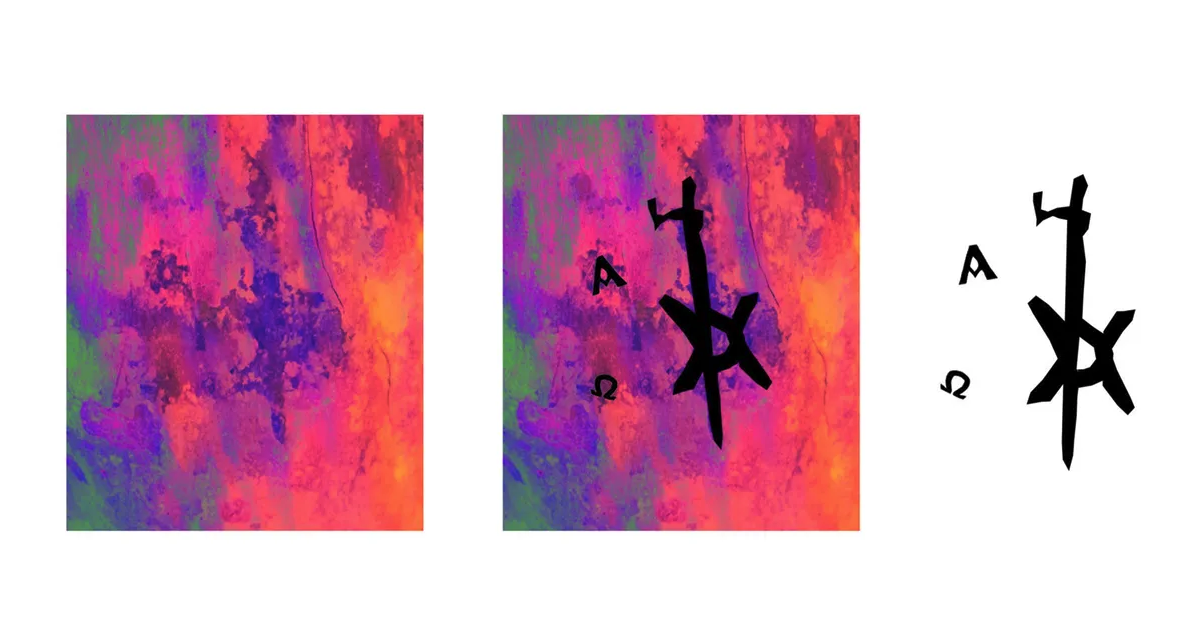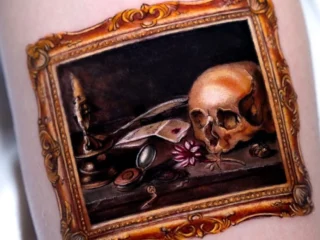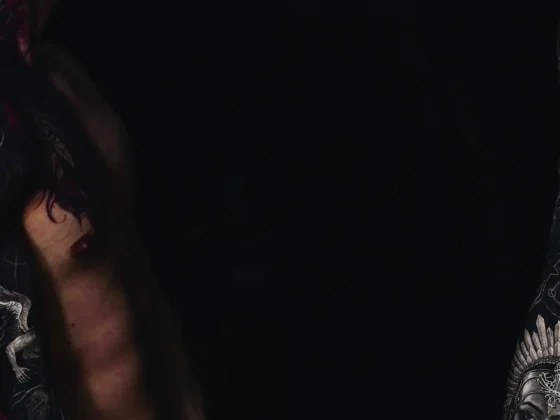Julia Cancilla
October 25th, 2023
Rare Tattoo Discovered on 1,300 year old body in Sudan
It’s been long known that people have been getting tattooed across different cultures and traditions since the beginning of time, but it’s not every day that we physically see a…
It’s been long known that people have been getting tattooed across different cultures and traditions since the beginning of time, but it’s not every day that we physically see a medieval tattoo. In a remarkable archaeological discovery, scientists in Sudan have unveiled a tattoo linked to Jesus Christ, according to Live Science. This ancient inked relic, discovered on a 1,300-year-old body near a medieval monastery in the Ghazali region of Sudan, has opened a unique window into the past.
The Polish Centre of Mediterranean Archaeology (PCMA) at the University of Warsaw, which has been meticulously excavating and researching the Ghazali site, revealed this tattoo – only the second of its kind found in medieval Nubia. Nubia, a historical region encompassing parts of modern-day Egypt and Sudan, has long been a site of intrigue for archaeologists seeking to understand the region’s rich history.
The tattoo, discovered on the right foot of an individual believed to be a man, is adorned with a potent blend of symbols. The centerpiece is the “Chi-Rho” symbol, formed by the Greek letters “chi” and “rho,” signifying an abbreviation for Christ. This abbreviation emerged around A.D. 324, coinciding with Constantine’s ascension to the Roman Empire’s throne. Accompanying the Chi-Rho symbol are the Greek letters “alpha” and “omega,” (which are the first and last letters of the Greek alphabet) representing the Christian belief that God is the beginning and end of all things.
Radiocarbon dating places the individual’s existence between 667 and 774 A.D., a period when Christianity was the predominant religion in the region. What makes the discovery even more fascinating is the tattoo’s placement on the right foot. Experts suggest this could potentially hold religious significance, as it aligns with the notion that Christ had a nail driven through this very spot during his crucifixion. Robert Stark, a bioarchaeologist with PCMA, and Kari Guilbault, a bioarchaeologist specializing in tattooing practices at Purdue University in Indiana, speculate on this possibility.
While the tattoo clearly indicates the individual’s Christian faith, the specific role or identity of the tattooed person remains a mystery. Interestingly, this individual was not buried in the same cemetery as the monastery’s monks, but rather in a burial ground that may have been used by nearby communities. This detail raises questions about the social and religious diversity of the region during that time.

PHOTOS AND A DIGITAL ILLUSTRATION OF THE TATTOOS OF THE CHI-RHO AND GREEK LETTERS ALPHA AND OMEGA FOUND ON THE BODY AT GHAZALI. (IMAGE CREDIT: KARI A. GUILBAULT)
Although the body was discovered during excavations conducted in 2016, the tattoo’s significance has only recently come to light, thanks to additional post-excavation analyses and advanced full-spectrum photography techniques.
The Ghazali region has been a focal point for archaeological exploration, with excavations taking place between 2012 and 2018 by a joint Polish-Sudanese team led by Professor Artur Obłuski, an archaeology expert at the University of Warsaw. Analyses of the finds at the site are ongoing, promising even more revelations about the past. As further research unfolds, we can only imagine the stories and secrets that these inked relics may yet reveal about the legacy of faith and tradition in medieval Nubia.
Editor's Picks
Chella Man Remakes Themselves in Daring ‘Autonomy’ Body Art Performance
A potent assertion of identity.
Singing for the Misfits
In a world where authenticity can sometimes feel elusive, Ashley McBryde is the lighthouse we’re all searching for.














